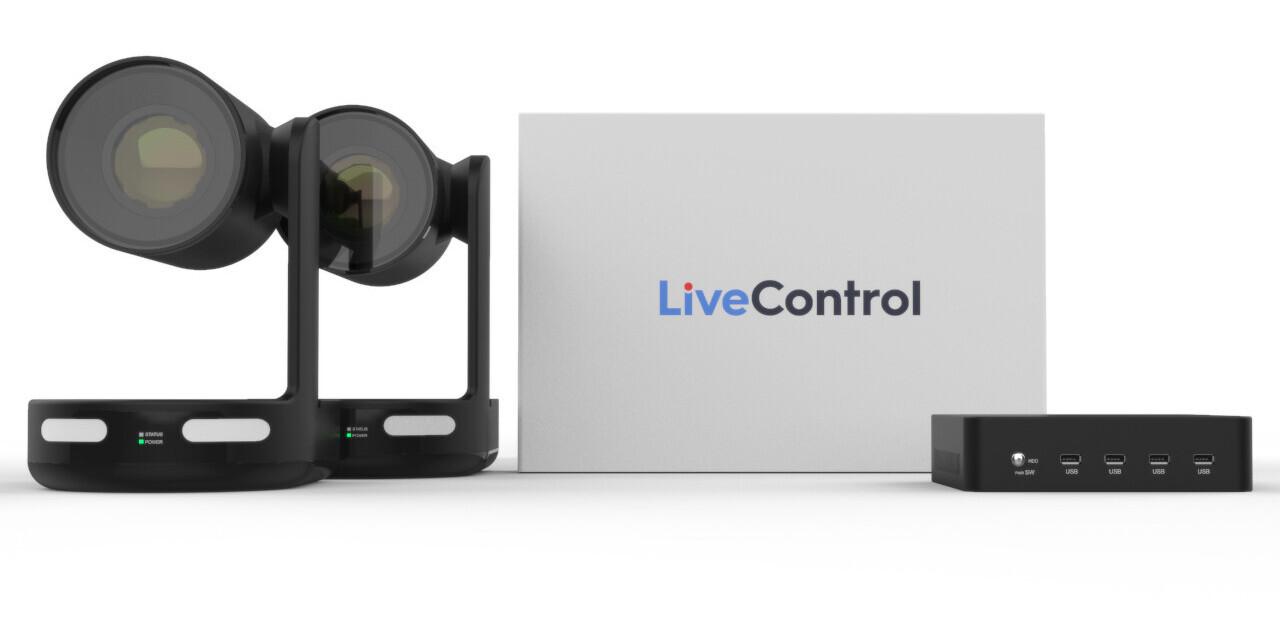
Woven between larger discussions of remote work, emerging technologies, and upcoming IPOs — it’s fascinating to see publications highlight CEO after CEO in engaging discussions about leadership, growing a business, and maintaining employee happiness. While the trials and successes of these leaders often offer an “inside look” at how they achieved success, too often we just get a glimpse of the good — but not the bad and the ugly.
Admittedly, I am not a CEO. However, I have served in the past as CEO, not to mention just about every other “Chief” role imaginable, for a variety of companies ranging in size, focus, industry, and success. My personal leadership journey has had its ups and downs and fair share of the bad and the ugly — but truly transformed after I implemented Objectives and Key Results, or in short OKRs.
OKRs led me to recognize, and commit to, three tenets towards becoming a better leader myself that I hope will also help you to limit leadership wrong turns and lead by example to expertly scale your organization.
Inspire
I’m sure you already know that a key to successful leadership is inspiring your teams to undertake great work and support your company’s initiatives. It turns out that the OKRs framework is perfect for this. Objectives are designed to tie directly to strategic direction and should be expressed in aspirational form. When used correctly, OKRs offer a baked-in opportunity to inspire employees by delivering inspiration connected to corporate mission.
[Read: Implement OKR, they said. The whole company will love it, they said.]
I’d argue that it’s even more motivating when leaders ‘walk the walk’ in addition to ‘talking the talk.’ Most companies today ask employees to outline specific execution steps in order to contribute to their corporate mission (broadly speaking, these steps map to the Key Results element of OKRs).
When leaders engage in these activities for themselves, it delivers a ‘lead by example’ effect, showing that they are equally as committed to successful outcomes as anyone on the front lines of the business. This is why my personal OKRs (and my progress — or lack thereof — in achievement) are visible to every single person at my company. Conversely, it’s why I appreciate that theirs are available to me.
Take my current CEO for example — last year when we were seeking investors for a Series A round, he set an Objective of obtaining a Series A and two of his Key Results were: pitch 50 venture capital investors and secure three term sheets. Each day, I (and everyone else) could review whether he was progressing toward those goals or struggling… which is a powerful lesson for an entire company: everyone struggles.
Of course, we were all that much more engaged, and thrilled, once the Objective was met. As employees we all knew and, almost more importantly, felt that we were part of this accomplishment, because we were along for the entire ride.
Connect
Naturally, strong leadership is more than delivering transparency and inspiration. Here’s another truism; you also need to know your workforce to be a good leader. It’s important to connect with your teams on two separate levels: the one they see and the one they know you see.
What do we mean by this? The first level of connection is fairly obvious — active face-to-face time to make meaningful connections with the people you lead (this can also be achieved via video if you can’t meet in person). It’s worth remembering that people need to see you are directly invested in them, their time, goals, and accomplishments. Naturally, this helps maintain engagement, as there is a visceral understanding that commitment to the company is reciprocated.
The second level of connection addresses what most junior staff think that c-suite leaders care about most — numbers. By using data-driven OKRs that are tied to analytics, you can review a visual dashboard that surfaces how well your people, teams, and departments are performing in terms of Key Results achievement. However, this isn’t just a progress metric.
Sure, these dashboards rely on the analytical use of numbers and percentages of Objectives met so far, but more importantly this form of connection can alert you to problems that your employees might not feel comfortable actively communicating to you. By using the data flow, you can identify problem areas and actively connect with employees to support them in the midst of the problem, rather than retrospectively at the end of a quarter.
Measure
The problem with humans is, well, we’re human beings. We forget things; we get busy with new priorities; we fall ill; we get bored… and most of all, we seek to report positive results and are averse to reporting negative results.
As a leader, it’s terribly frustrating to reach the end of a quarter and discover that your projections and goals are simply off track and unmet. This is one of the primary reasons why I use OKRs to measure the progress of my people (and myself) everyday. It’s also precisely why we integrate our OKRs with existing data software (e.g., Asana, Jira) and communication and workplace tools (e.g., Slack, Hubspot CRM, Google Sheets) we already use on a daily basis.
This way I free my employees from the ‘make work’ of updating their progress, yet I still benefit from the analytics and precise measurement of execution progress. Win win.
While every business leader knows the importance of revenue, profits, and cash flows, a true leader understands that overall performance depends on great performance across the board. A great leader recognizes that outstanding performance includes, and indeed starts with, their own actions. Leading through inspiration underpins action, which drives measurement, and so on. Embracing these characteristics is essential to growing yourself as a leader and encouraging your organization’s budding leaders to do the same.
As leaders, we all have periods when we feel that it’s necessary to focus on one critical item: working on the big picture, selling to key accounts, recruiting A list talent, etc. These (and other elements) are all key items at one point or another. Nonetheless, our holistic activities should rest upon a focus of those soft, foundational areas of leadership which are often overlooked but now can be quantified through new uses of OKRs.
Get the TNW newsletter
Get the most important tech news in your inbox each week.





